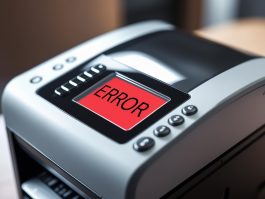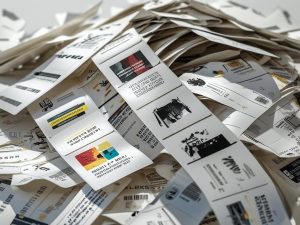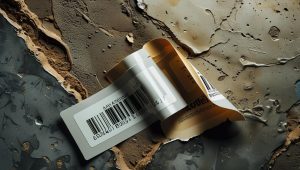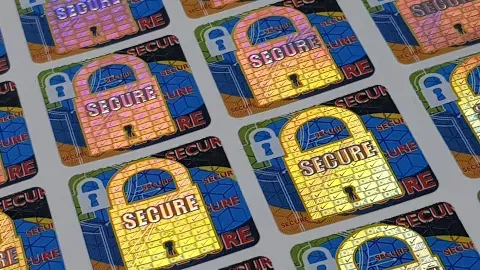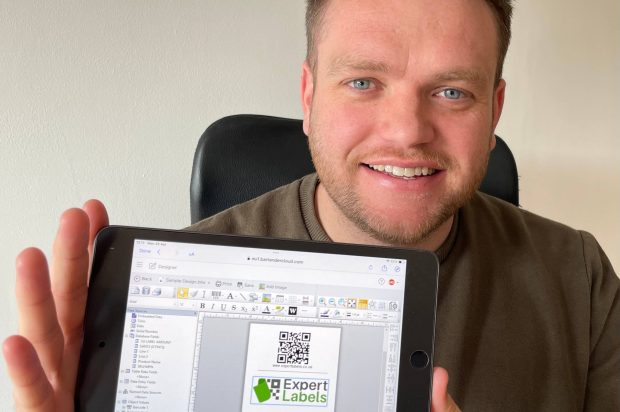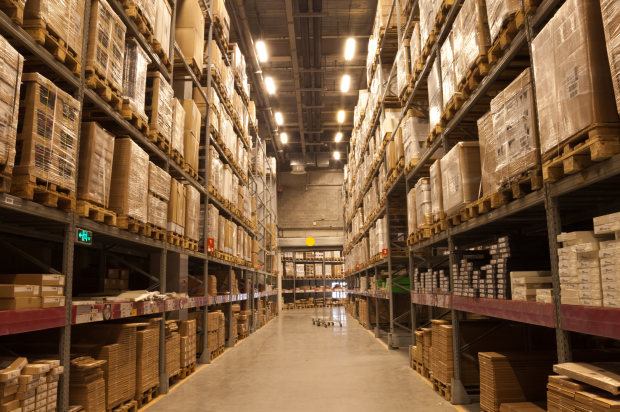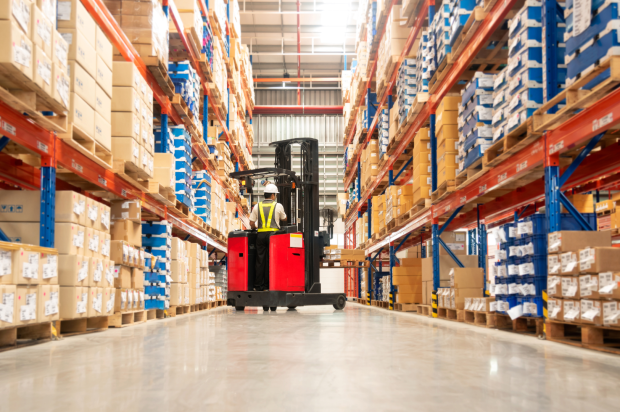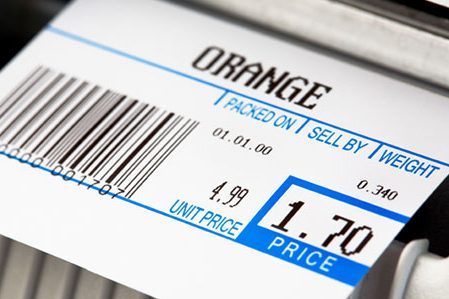Materials Used in High-Temperature Labels

Materials Used in High-Temperature Labels
What We’ve Learned About Label Adhesives in Extreme Conditions

What We’ve Learned About Label Adhesives in Extreme Conditions
Mistakes Businesses Make Integrating Label Printing Software
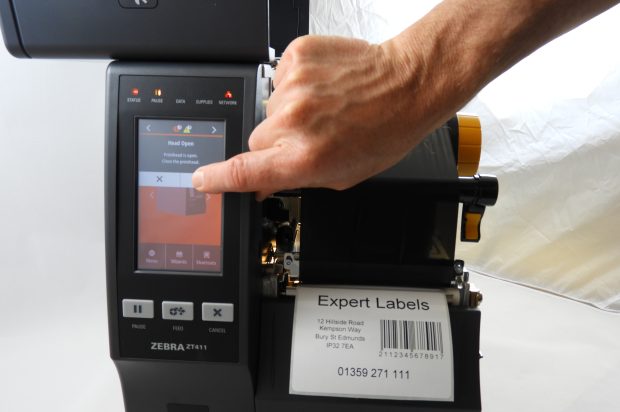
Mistakes Businesses Make Integrating Label Printing Software
Common Mistakes When Choosing Labels for High-Abrasion Surfaces

Common Mistakes When Choosing Labels for High-Abrasion Surfaces
5 Key Lessons Learned from Label Printing Failures

5 Key Lessons Learned from Label Printing Failures
Labelling Regulations: A Comprehensive Overview for Pharma

Labelling Regulations: A Comprehensive Overview for Pharma
How a Beauty Brand Boosted Shelf Appeal with Bold Label Design

How a Beauty Brand Boosted Shelf Appeal with Bold Label Design
Choosing the Right Label for High-Temperature Environments

Choosing the Right Label for High-Temperature Environments
Protect Your Brand with Simple Security Features

Protect Your Brand with Simple Security Features
How Durable Are Sustainable Labels?



